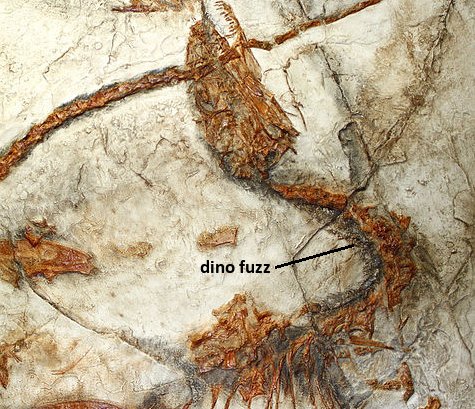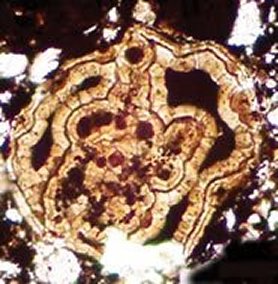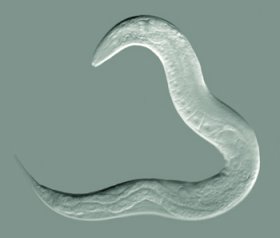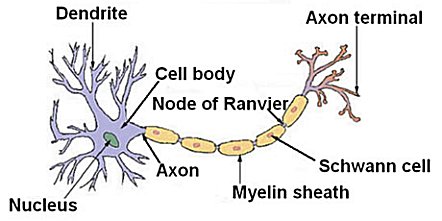
Several months ago I wrote an article about the fossil evidence for primitive feathers (often called “protofeathers”) in some dinosaur specimens. The article discussed a study by Theagarten Lingham-Soliar, Alan Feduccia, and Xiaolin Wang that provided strong evidence against the common interpretation that the dinosaur Sinosauropteryx was covered in such protofeathers. In the discussion that followed, Dr. Jonathan Sarfati suggested that I should read another article by Lingham-Soliar.1 Over the holidays, I finally had a chance to do so. As he suggested, this is another very important study in the “feathered dinosaurs” debate. While Dr. Sarfati has his own excellent analysis of this study and a few others, I would like to add some thoughts of my own.
Lingham-Soliar’s study focused on two fossils: NIGP 127587 (identified as a Sinosauropteryx fossil) and GMV 2124 (thought to be a Sinosauropteryx fossil). Both exhibit exceptional preservation. In fact, the latter fossil is so well-preserved that the stomach contents were analyzed and three mammal skulls were found! Two came from mammals in the genus Zhangheotherium, and the third came from the genus Sinobaatar.2 The important aspect of the fossils for this study, however, is the fact that both show some sort of “fuzz” extending from the body of the animal (pointed out in the picture above). This “fuzz” has been routinely interpreted to be the remains of primitive feathers, but Lingham-Soliar and his colleagues strongly dispute that interpretation.
In an attempt to understand precisely what this “fuzz” represents, Lingham-Soliar performed a detailed examination of the fossils and also did a simple experiment. The combination of his fossil analysis and the results of the experiment provide still more evidence that Sinosauropteryx did not have any feathers.
Continue reading “More Evidence Against Feathered Dinosaurs”








